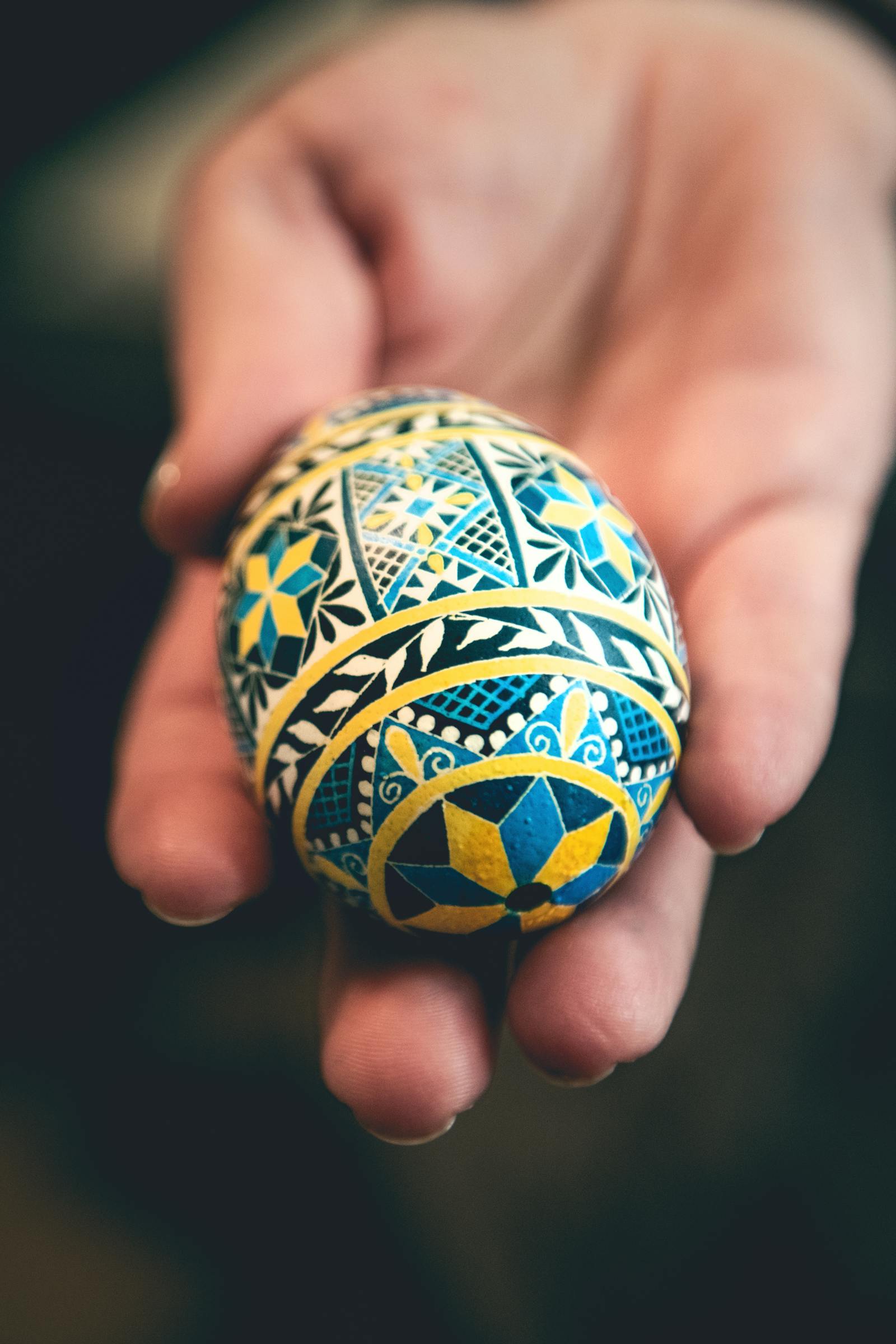The Easter egg. A simple oval, often brightly coloured and filled with sweet surprises. It's a quintessential symbol of the Easter season, appearing in hunts, baskets, and as delightful treats. But where did this tradition come from? Surprisingly, the roots of the Easter egg stretch far back in time, predating the Christian celebration of Easter itself. Let's crack open the history and explore the fascinating origins of this enduring symbol.
The Christian Adoption: A Symbol of Resurrection
When Christianity began to take root, many existing pagan customs and symbols were reinterpreted and integrated into the new faith. The egg, already a powerful emblem of new life, found a profound connection to the central event of Easter: the resurrection of Jesus Christ.
The symbolism is rich and multifaceted:
The Empty Tomb: Just as a chick breaks free from the shell, Christ broke free from the tomb, signifying his triumph over death and the promise of new life for believers. The hard shell can be seen as representing the sealed tomb.
New Life in Christ: The emergence of new life from within the seemingly lifeless egg became a powerful metaphor for the spiritual rebirth and new life offered through Christ's resurrection.
Potential and Hope: The egg holds the potential for life, mirroring the hope and potential for eternal life offered by the resurrection.
The exact timeline of when eggs became specifically associated with Christian Easter celebrations is somewhat unclear, but the symbolism was a natural and compelling fit.
The Evolution of the Tradition: From Plain to Decorated
Initially, the eggs used in Easter celebrations were likely plain. Over time, the practice of decorating them emerged:
Dyeing: One of the earliest forms of decoration was dyeing the eggs, often using natural pigments from plants and flowers. Red was a particularly significant color, symbolizing the blood of Christ.
Intricate Designs: As the tradition evolved, more elaborate methods of decoration emerged, including painting intricate patterns, scratching designs into the shells, and even incorporating gold leaf.
Fabergé Eggs: The opulent jewelled eggs created by Peter Carl Fabergé for the Russian Tsars in the late 19th and early 20th centuries represent the pinnacle of artistic Easter egg decoration, though they were a unique and elite tradition.
The Modern Easter Egg: Hunts and Treats
Today, the Easter egg tradition is enjoyed by people of all backgrounds, often taking the form of:
Egg Hunts: Children excitedly search for hidden eggs, a playful activity that reinforces the idea of discovery and new beginnings.
Chocolate Eggs: The introduction of chocolate eggs in the 19th century added a sweet and delightful element to the tradition, becoming a popular treat associated with Easter.
Symbolic Decoration: Many still enjoy the tradition of dyeing and decorating hard-boiled eggs, often with religious or springtime themes.
A Timeless Symbol
From ancient rituals celebrating the return of spring to its profound symbolism within Christianity, the Easter egg has journeyed through centuries, carrying the enduring message of new life and hope. So, the next time you hold an Easter egg, take a moment to appreciate its rich history and the powerful symbolism it represents – a testament to the cyclical nature of life and the promise of renewal. It's a tradition that continues to crack open joy and wonder each spring.
